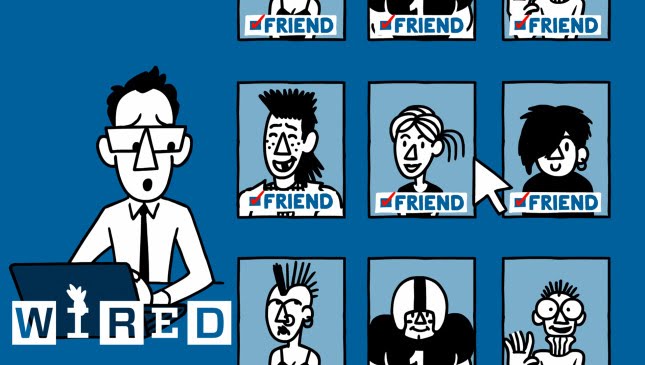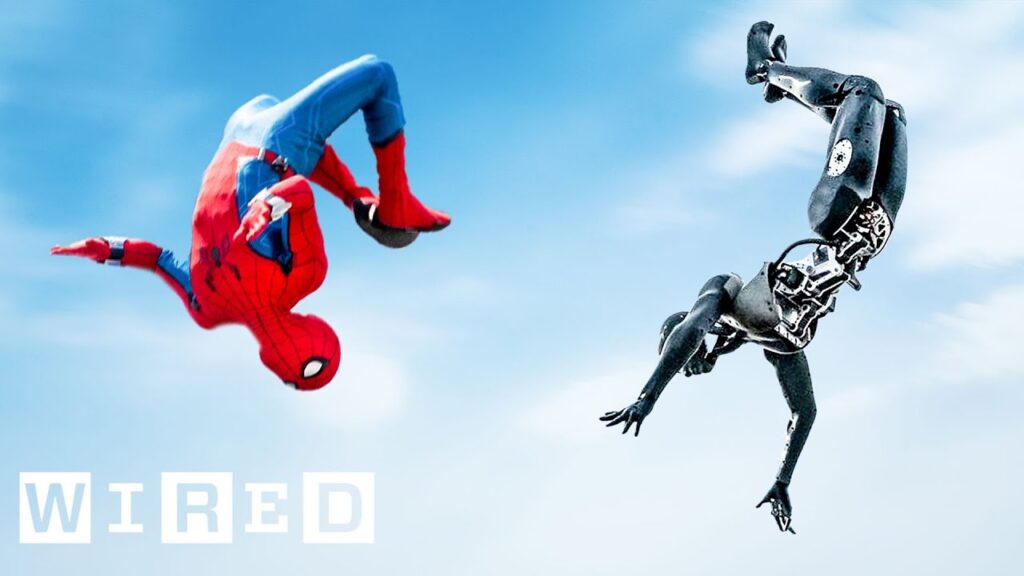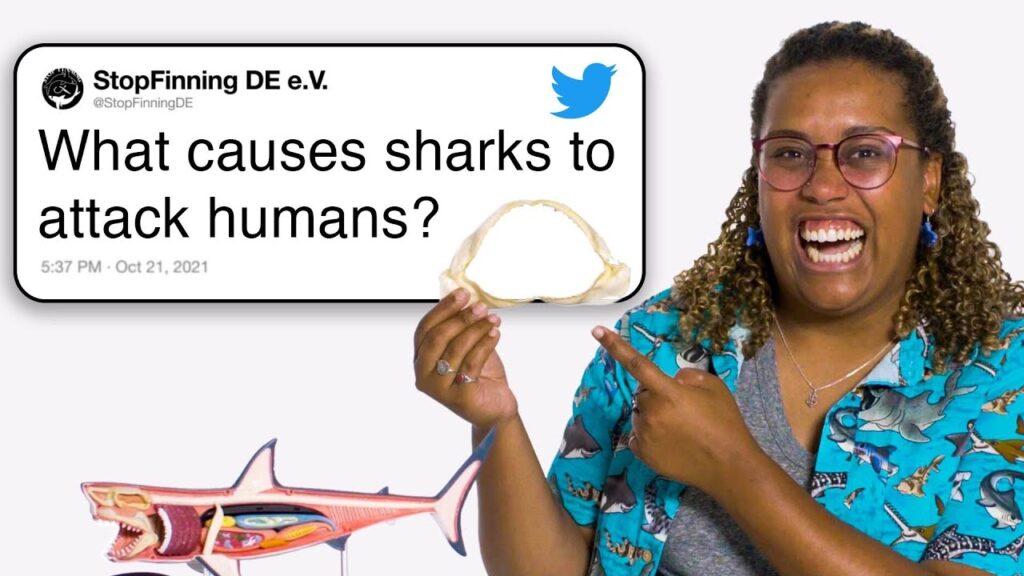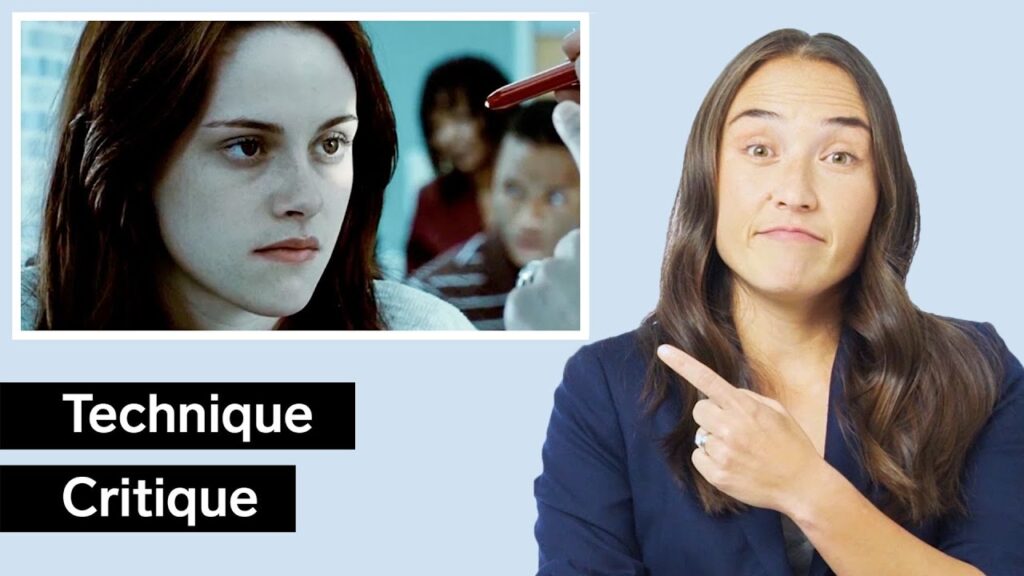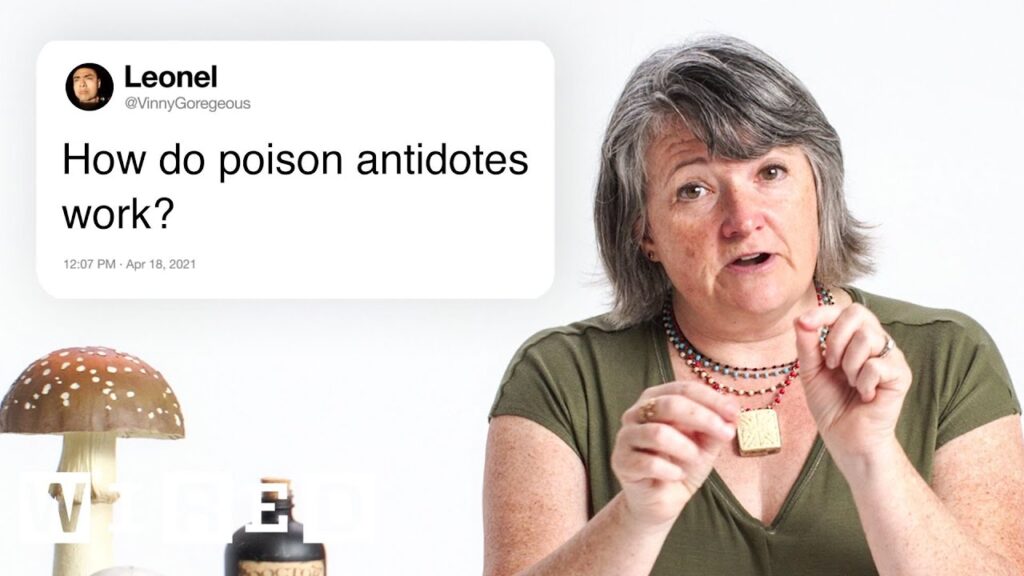10 Questions You’ve Always Wanted to Ask a Funeral Director and Mortician But Were Too Afraid To
Summary
The article is a Q&A session between an expert in the funeral directing and mortician industry and questioners. The questions cover different topics such as the use of caskets for obese individuals, removal of contact lenses, and handling of organs after embalming. The article also discusses the emotional aspect of the job, salaries, and how funeral directors make the deceased look alive.
Table of Contents:
- What happens to the organs after the embalming?
- Is it true that morticians use heavy cream to prevent dryness of the deceased’s skin and lips?
- Can contact lenses be removed from a deceased person’s eyes?
- Why are caskets expensive?
- Are there any specific clothing requirements for a mortician or funeral director?
- Do morticians feel sad when someone they know dies?
- Why do funeral directors make dead people look alive?
- How much do morticians and funeral directors make a year?
- Is it possible to bury someone vertically instead of horizontally?
- What is the strangest funeral song the expert has heard?
Introduction:
Death is a topic that most people tend to avoid, but it’s not something that can be avoided entirely. Funeral directors and morticians play an essential role in preparing the deceased for their last rites. Yet, there are many questions that people have about the industry and what goes on behind the scenes. In this article, we will explore ten questions that people have always wanted to ask a funeral director and mortician but were too afraid to.
Q&A:
What happens to the organs after the embalming?
After the embalming process, the organ’s interior is intact. The organs are drained of the blood and bodily fluids and replaced with embalming fluid. The body is then put back to its original form, and the skin is sewn back. According to the mortician, liquid waste from embalmed bodies is disposed of in the sewer system.
Is it true that morticians use heavy cream to prevent dryness of the deceased’s skin and lips?
Yes, morticians and funeral directors use heavy cream to prevent dryness of the deceased’s skin and lips. According to the mortician, heavy cream is applied to the skin, including the face and lips, to prevent dehydration and dryness, which can occur after the body is cleaned.
Can contact lenses be removed from a deceased person’s eyes?
Yes, contact lenses can be removed from a deceased person’s eyes. However, this is usually not the priority, and most funeral homes will simply keep the eyes closed.
Why are caskets expensive?
According to the mortician, caskets are typically marked up by the funeral home. Funeral homes need to make money to stay in business, and one way they do this is by marking up the caskets. Additionally, some caskets are more expensive due to the materials used, such as hardwood.
Are there any specific clothing requirements for a mortician or funeral director?
There are specific clothing requirements for morticians and funeral directors. According to the mortician, funeral directors usually wear black suits, but it’s not a strict dress code, and some funeral homes may allow for professional-looking attire. Morticians, on the other hand, may wear scrubs or other protective clothing when embalming.
Do morticians feel sad when someone they know dies?
Yes, according to the mortician, morticians and funeral directors feel just as sad as anyone else when someone they know dies. They may have a more clinical approach to death, but it doesn’t mean that they’re immune to the emotional impact.
Why do funeral directors make dead people look alive?
The primary goal of a funeral director is to make the deceased look as natural as possible. According to the mortician, funeral directors use makeup and other techniques to restore the natural color of the skin, ensure that the hair is styled, and the face looks like the deceased. This helps the family remember their loved one as they were in life.
How much do morticians and funeral directors make a year?
The salary of a funeral director or mortician varies depending on the location and how much experience one has. According to the mortician, a funeral director can make anywhere from $30,000 to $100,000 annually, while a mortician can make around $40,000 to $70,000 yearly.
Is it possible to bury someone vertically instead of horizontally?
Technically, it is possible to bury someone vertically instead of horizontally. However, this wouldn’t be practical due to the size of the hole that would need to be dug. The mortician states that it would likely require more time and effort to dig a hole big enough to accommodate the length and width of the body, leading to a more expensive burial cost.
What is the strangest funeral song the expert has heard?
According to the article writer, the mortician didn’t mention any strange funeral songs. In fact, they shared their dream of singing “On Eagle’s Wing” like the Swedish Chef from The Muppets, which is not an actual funeral song.
Conclusion:
Being a mortician or funeral director is not an easy job, and there is a lot of work that goes on behind the scenes. This article explored some of the most common questions people have about this profession, from the handling of organs after an embalming to the emotional aspects of the job. It’s essential to remember that funeral directors and morticians are human too and feel just as sad as anyone else when someone they know dies.
